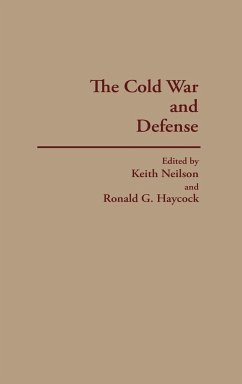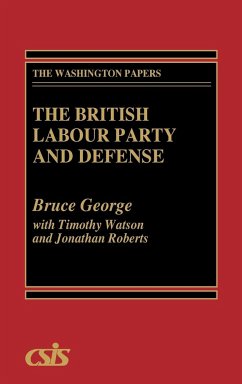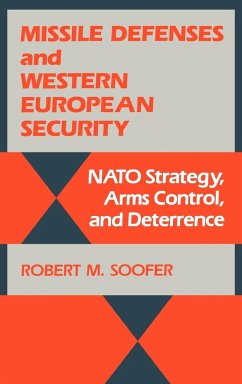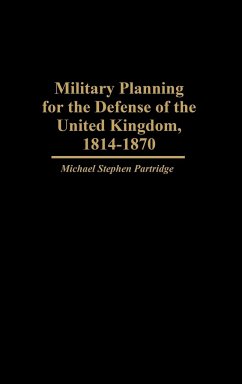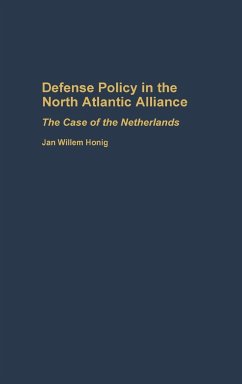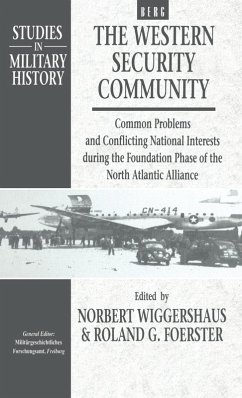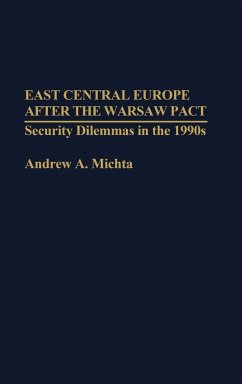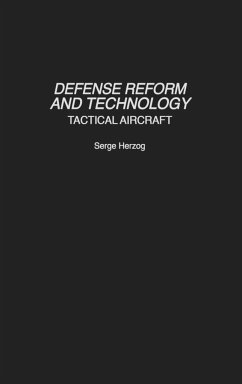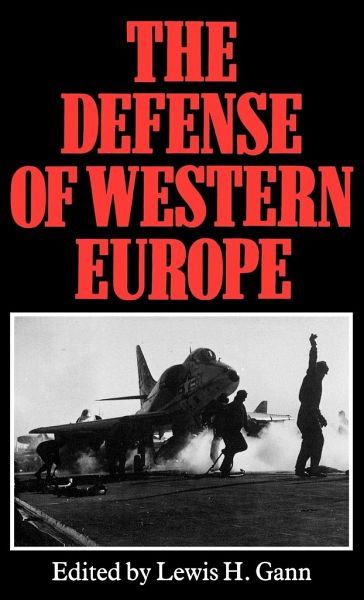
The Defense of Western Europe
Versandkostenfrei!
Versandfertig in 1-2 Wochen
87,99 €
inkl. MwSt.

PAYBACK Punkte
44 °P sammeln!
After World War II, Western Europe became closely linked to the United States--economically through a variety of associations within the Atlantic Community, and militarily through NATO. This volume stresses the strategic importance of Western Europe for the United States. It provides detailed surveys of the background and preparedness of the NATO defense forces and the forces of Austria, Switzerland, and other countries of strategic importance. Each chapter provides a general outline of military developments since 1945, including such topics as: the relationship between armed forces and societ...
After World War II, Western Europe became closely linked to the United States--economically through a variety of associations within the Atlantic Community, and militarily through NATO. This volume stresses the strategic importance of Western Europe for the United States. It provides detailed surveys of the background and preparedness of the NATO defense forces and the forces of Austria, Switzerland, and other countries of strategic importance. Each chapter provides a general outline of military developments since 1945, including such topics as: the relationship between armed forces and society; recruitment practices; armaments; organization; relations with NATO; and future projections. The authoritative series of descriptive, historical, and analytical essays in this volume makes it an essential resource for defense specialists, policymakers, and scholars of Western Europe.






